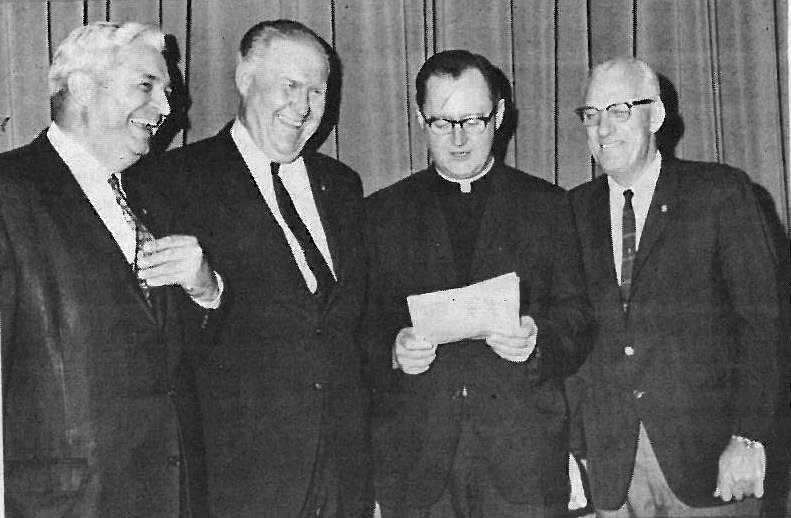The Scrip

The transit commission initially discussed the scrip plan in the aftermath of Talley’s murder, and returned to it after concluding that protective shields would take too long to test and implement. If a passenger boarding a bus presented a dollar for a 27-cent fare, the driver would take a piece of pre-printed paper, the scrip, punch a hole for the amount of fare and then punch a hole for the amount received from the passenger. The driver would then place one-half of the scrip into an envelope with the money and deposit it into a locked fare box (which the drivers would not have access to), and the passenger would take the other half to a transit company office to receive the difference. Charles W. Overhouse, the chief engineer on the transit commission, recommended the scrip plan for a test trial at night when passenger traffic would be lower, although he indicated the use of scrip on a 24-hour basis would be preferable. The transit commission then forwarded the proposal to the parties involved. Higgins believed the two sides would find the scrip plan satisfactory but had his doubts both sides would completely agree, and he prepared for mediation duties once D.C. Transit responded.

On June 4, D.C. Transit drivers returned to their night shifts after two weeks of defying company orders. Shortly after implementation, the union reported success of the scrip system in D.C. as well as national and international interest in instituting similar systems. The scrip system worked as planned by encouraging riders to use correct change. By July 18 the transit commission ordered the scrip plan to be put in place by August 4 for the full-time schedule. Unaccustomed to handling scripbooks, some were stolen when drivers were not paying attention. Although problems occurred, the new plan worked well overall because, as predicted, riders boarded the bus at night with exact fare, which also decreased loading time. Although riders initially complained about the adjustments, the benefits to the drivers and the companies overshadowed any customer complaints. For instance, bus robberies decreased to two between June 11 and August 31. Additional benefits accompanied the decrease in crime. Buses arrived on time more often because drivers did not have to spend time making change for riders. The accident rates decreased with drivers focused solely on driving and not attempting to simultaneously make change. Recruitment turned around as potential employees heard about the safer working environment. Other cities awaited the results of the exact-change policy in Washington as it was the first metropolitan area to experiment with the scrip system and locked fareboxes. During the next year, transit systems across the country established exact-fare rules to curb robberies. Although some cities did not initiate a scrip system in addition to exact fare, those that did reported few riders used it because of the hassle to redeem it. By the end of August 1969, thirty-four cities, including New York City, had begun exact-fare and locked-farebox plans with a high rate of success. The successful implementation of various plans to reduce crime inspired ATU Local 689 to commemorate the one-year anniversary of Talley’s death by laying a wreath at his grave and operating buses with lights on during the day on May 17.